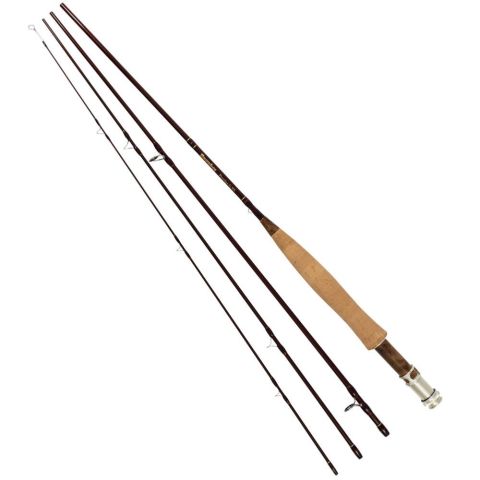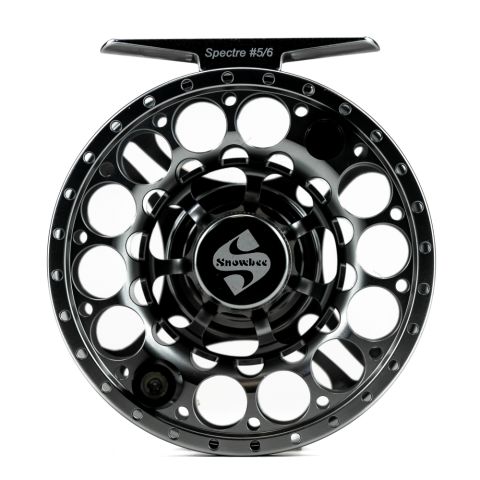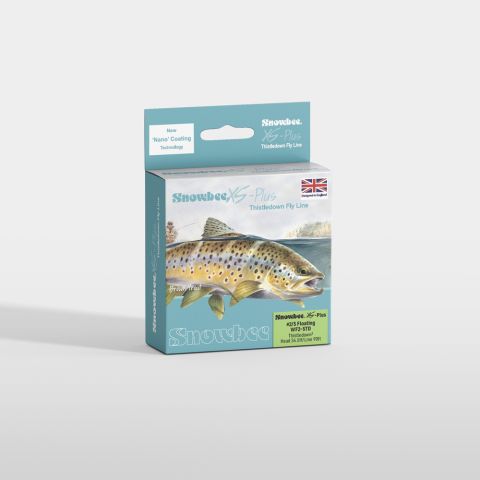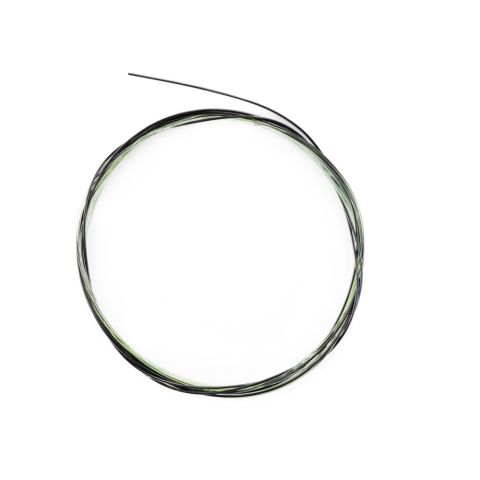The England World Fly Fishing Team Member and new Snowbee Ambassador, James Atkinson, offers some top dry fly fishing tips to maximise your chances of success this summer.
Dry fly fishing is considered the pinnacle of fly fishing by many. The sight of a trout rising from the riverbed and gliding towards the fly is a fine sight, and always creates a level of excitement that is rarely beaten. As we head into summer, this style of fishing becomes more and more effective due to the increase in airborne fly life. And a day where it all comes together can be a truly wonderful experence.
Despite the widely-held belief that it is the true art of fly fishing, rarely do anglers using dries achieve a high catch return. And often when hooked, a large proportion of hard-earned fish are lost.
So, here are 5 top tips to improve your catch rate while dry fly fishing:
Tip 1 – Pay attention to the hatches
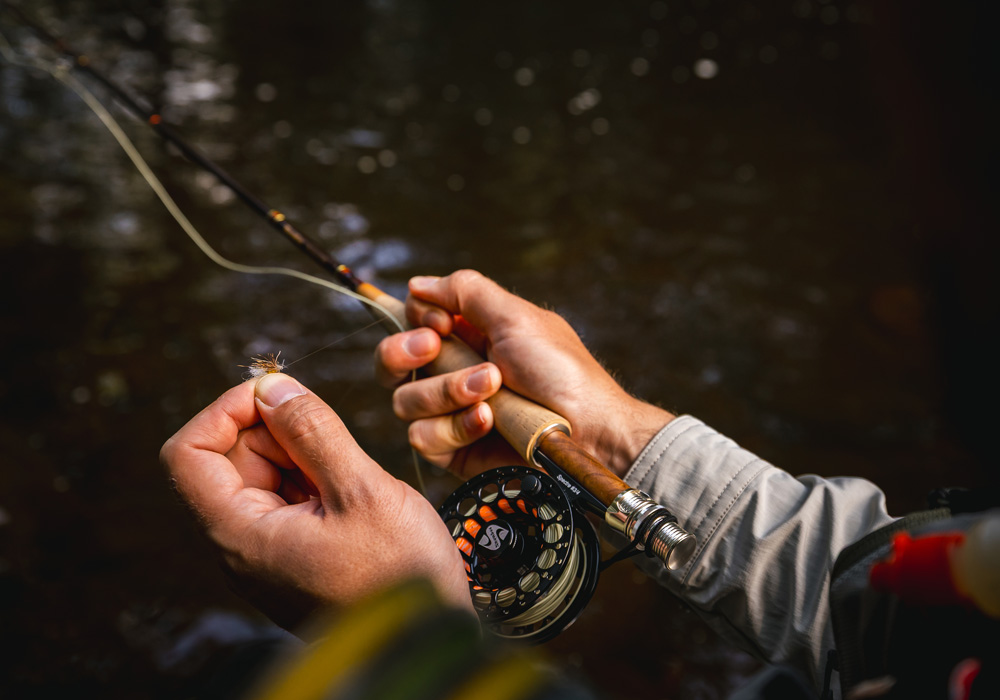
Too often, people pick a pattern based on what worked last time. What are the chances of you visiting the same venue, at the same time of day, with the same weather as your last visit? Is the temperature the same? The chances are slim, especially if you are fishing in the UK.
Indeed, some suggestive patterns will often provoke a take better than others. But if you want to improve your catch rate, try to match the profile, colour and size of what flies the fish appear to be feeding on. It doesn’t need to be an exact match, and if you aren't getting much success, try a slightly different variation.
Tip 2 – Use your eyes
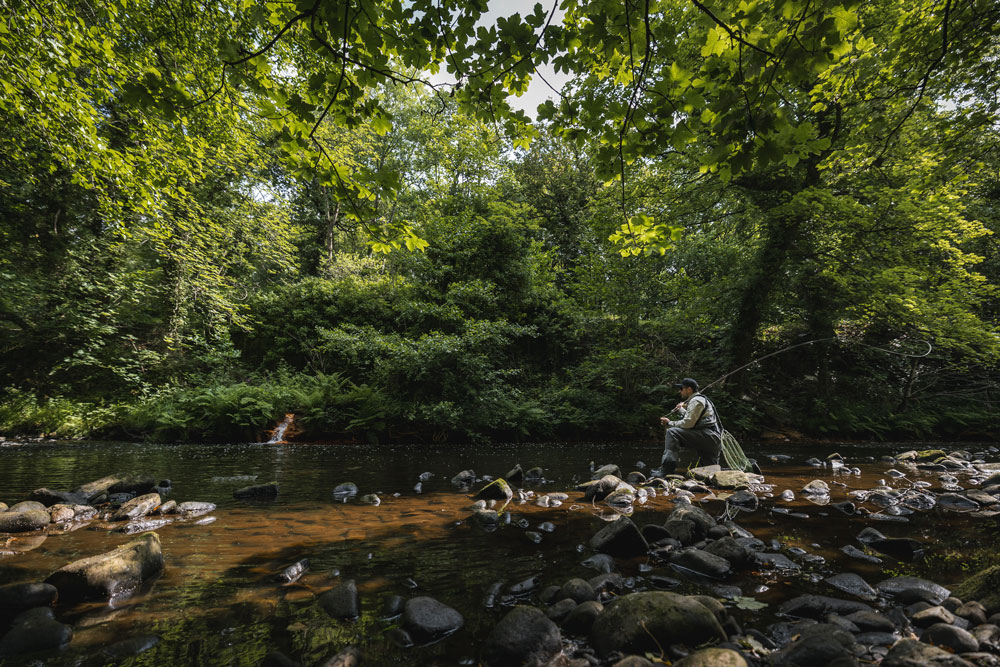
It is essential to always be looking for free-rising fish. Predominantly, trout and grayling feed on subsurface flies. As such, trying to tempt them 'blind' with a dry fly can be challenging. A fish that is actively feeding on surface insects should be more than willing to take your surface offering. Therefore, spending time finding a rising fish will pay off.
Tip 3 – Look closely at the rise form
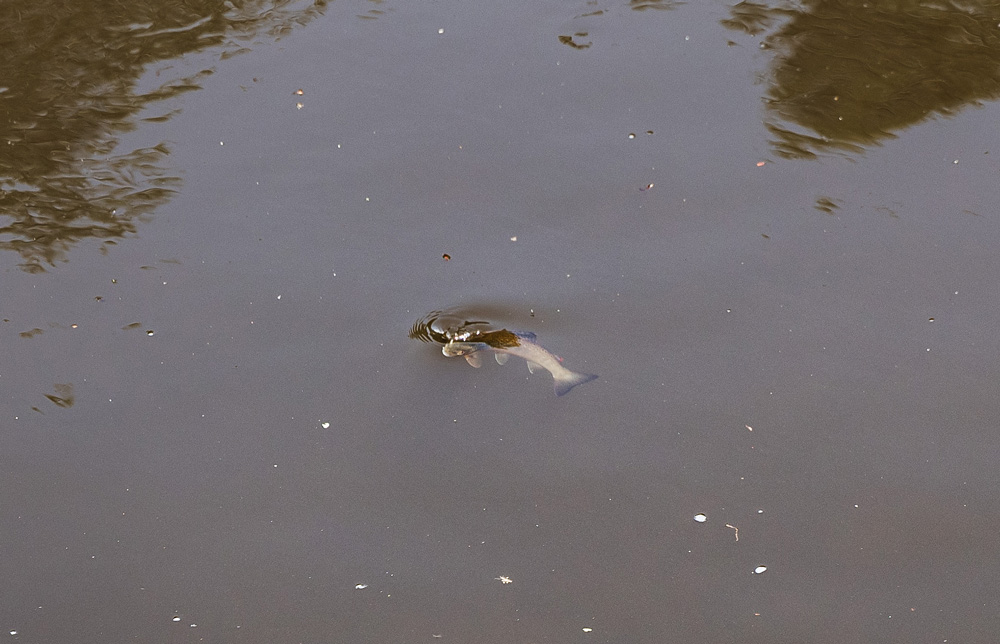
On a river, a fish will usually be facing upstream – or into the direction of the current. Making it easier to lead your fly onto the fish. However, fish often move in random directions on stillwaters due to the minimal current. To increase takes, you need to locate your flies in front of the fish ideally by 3ft or so. Closely watching the rise form can give their direction away on most occasions
When fish rise, they will push more water in the direction they are headed. So, when you look at the rings of the rise, the waves on this side will often be steeper! The difference may be subtle, but the impact can be great, increasing the chance of you getting that fish to take.
Tip 4 – Use a balanced set-up
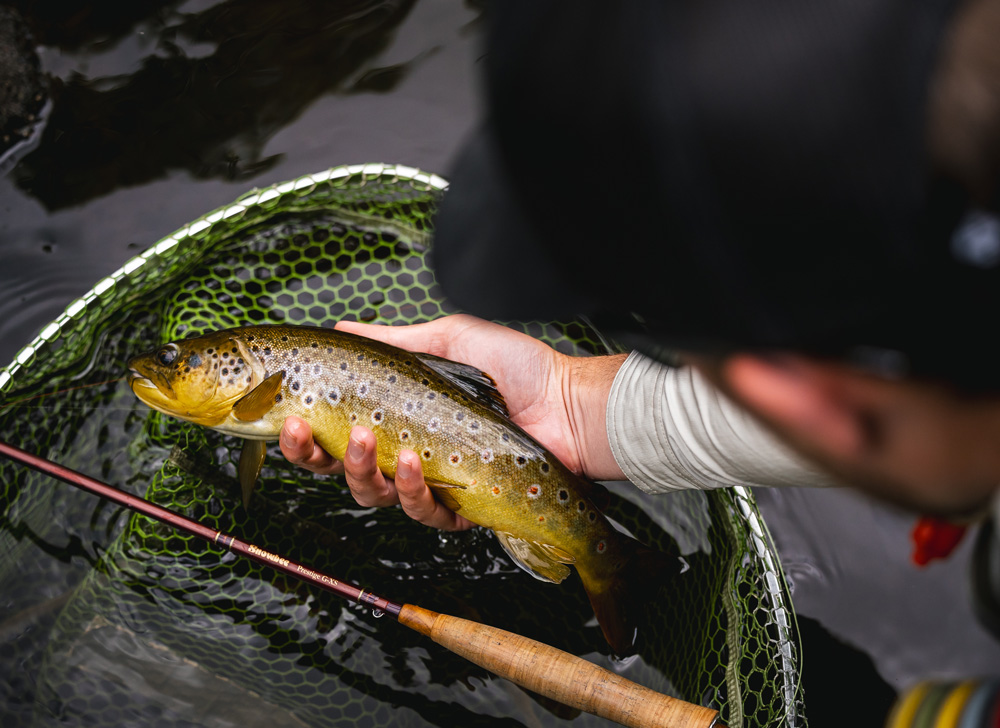
When a trout is feeding on surface flies, you are often fishing for wild or well-educated fish. Presentation here is key. If you are using an unbalanced set-up – i.e. overloading your fly rod – this will increase the chance of the fly or line landing heavily. Thus, spooking the fish, causing drag or an unnatural drift.
Hand in hand with dry fly fishing, one will likely be using lighter tippets. If your tackle is too heavy or unbalanced, you will often break fish off when striking or playing it. Having a light and balanced outfit will help with all of these.
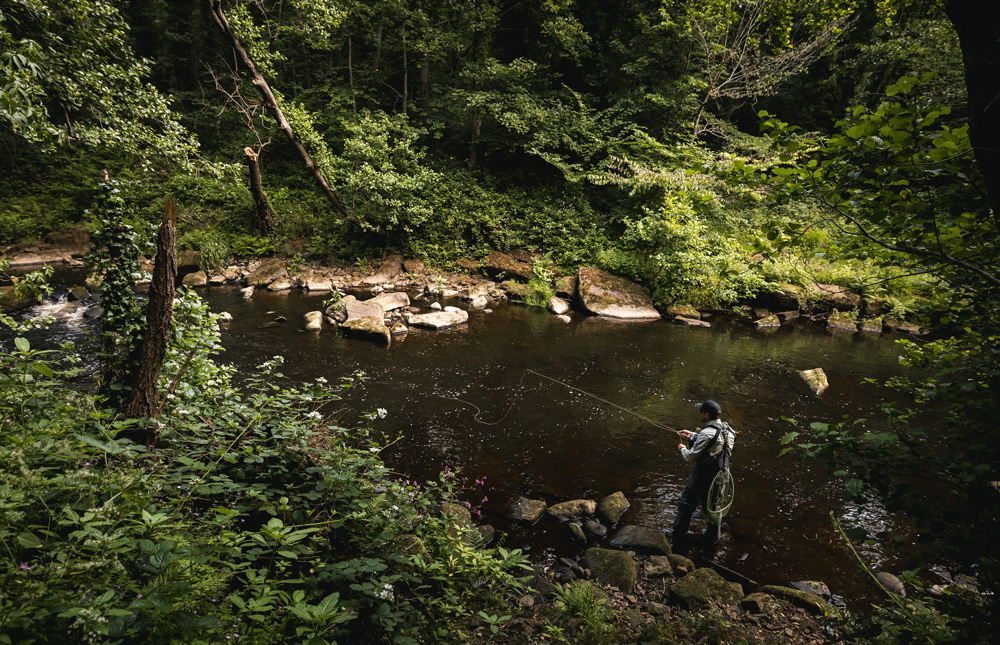
For the river, I would recommend a 9ft 6in #3 rod. My go-to choice is the Snowbee Prestige G-XS Graphene fly rod, coupled with the SPECTR PRO Ultra Dry #2-5 fly line, with a long tapered leader and fine tippet. This set up is perfect for most river situations. For very delicate needs and spooky fish, I will use the XS-Plus Thistledown 2 #1-4 Brook Line. For bigger rivers/fish, a #4 rod could be of benefit.
For stillwater fishing, a 10ft #6 rod is optimal. This offers better presentation than the common #7, while achieving greater distance than a #5. I use the SPECTRE PRO range of rods and lines for stillwater competitions. The Roll Cast or Floating lines of matching weights make an excellent choice.
Tip 5 – Drift
Whether you are fishing rivers or still waters, you want your fly to appear as realistic as possible to the fish. That means it needs to behave naturally on the water.
On a river, this tends to be obvious. If the fly is creating a small wake or 'V', it is dragging. Likewise if it is moving faster or slower than surrounding bubbles. Both should be avoided through mending and adding slack into the line.
On a stillwater, drag will be less obvious. See what speed natural flies are moving, and how the wind may be effecting them. A tight line to the flies will likely cause drag. To avoid this, you need to ensure there is some slack in your line. Enough to allow the fly to move independently of the fly line, but not so much that when you can't make effective contact. A long tapered leader with a relatively low diameter can also reduce unwanted drag. At the end of the tapered leader, a section of around 4-6ft of lighter tippet will also aid a natural drift.
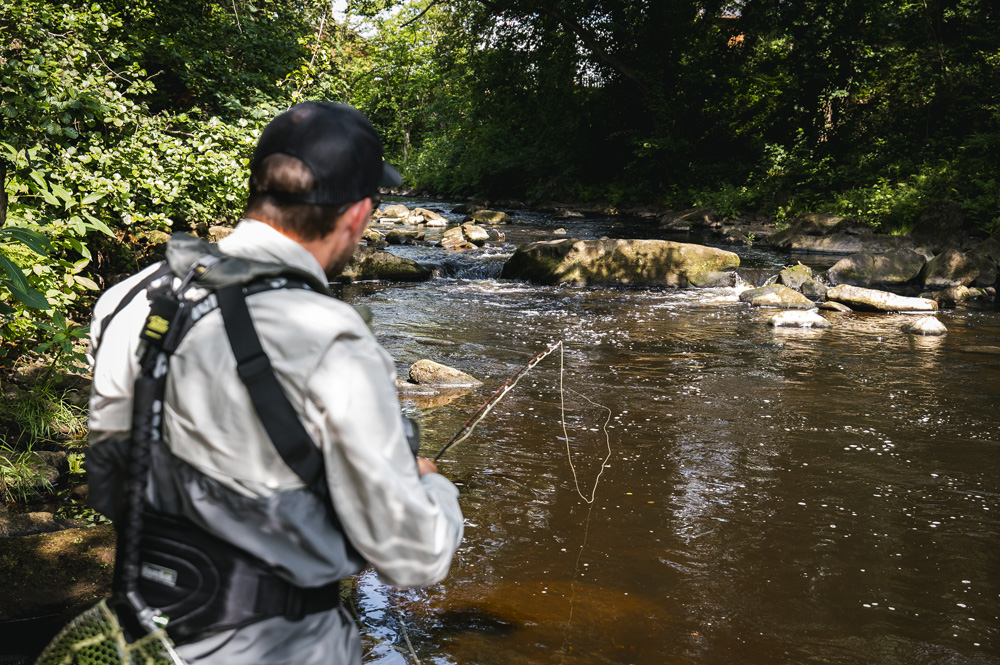
For advanced performance, the aim is to make the fly drift to the fish before the line (Spanish style). This can be particularly deadly on the river, and requires lots of practice. Both in terms of line management and casting. If you are struggling to cast, in windy conditions for example, you can always shorten your leader.
I hope these tips can help you put more fish on the bank this summer. Tight lines!
James is the latest member of our team of Snowbee ambassadors. He is a current England World Fly Fishing Team member (4x Caps), 2019 National Rivers Champion, England Elite Performance Program Champion 2021, 2nd place 2022,2023 and 3rd 2024, with further 7 Senior and Youth international caps.

